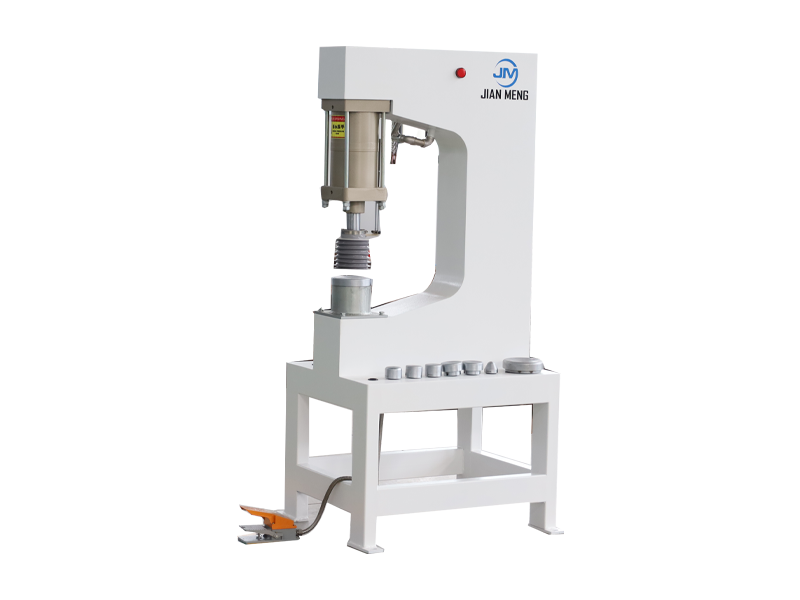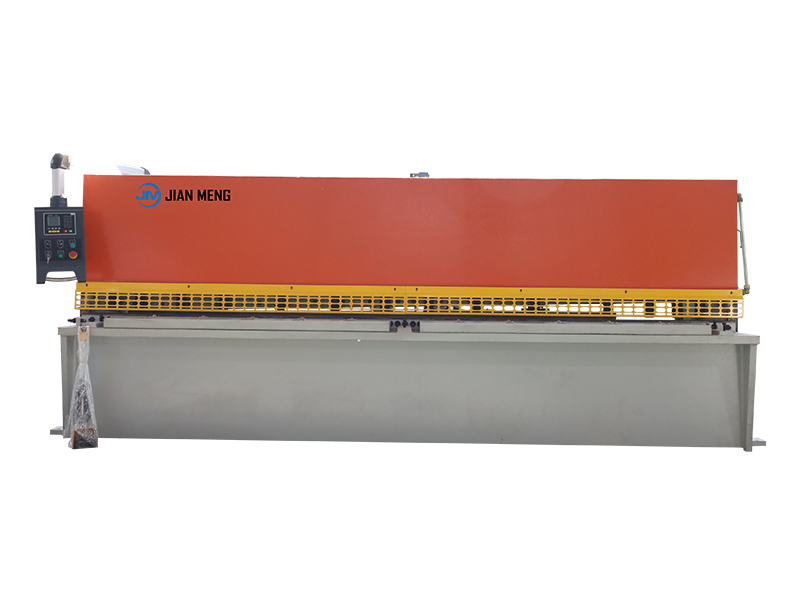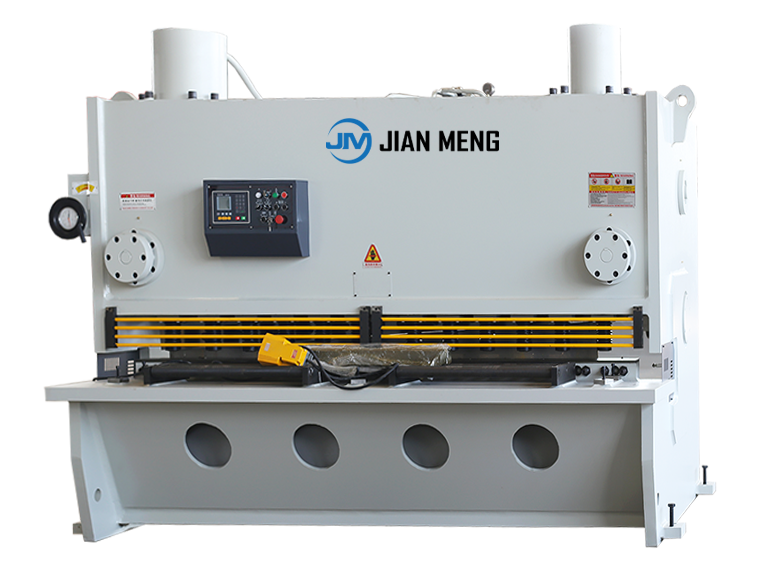Power hammers are mechanized forging tools that deliver controlled, repetitive blows to shape, form, or deform metal workpieces. Unlike manual hammers (which rely on human force and lack consistency), power hammers use external power sources—electricity, compressed air, hydraulics, or steam—to generate high-impact force (ranging from 1 kN to 100+ kN), making them indispensable in blacksmithing, manufacturing, automotive, and aerospace industries. Their ability to balance precision, speed, and force enables tasks from delicate sheet metal forming to heavy-duty steel forging. This guide details their core applications, categorized by industry and hammer type, while highlighting technical capabilities and operational considerations.
Before exploring applications, it is critical to distinguish between power hammer types—each is engineered for specific force levels, workpiece sizes, and precision requirements.
| Hammer Type | Power Source | Key Technical Specs | Ideal Workpiece Scope |
|----------------------------|--------------------------------------------------------------------------------|-------------------------------------------------------------------------------------|-------------------------------------------------------------------------------------|
| Mechanical Power Hammers | Electric motor + crankshaft/flywheel system (converts rotational energy to linear impact) | - Force: 5–50 kN<br>- Blow Frequency: 50–150 blows/min<br>- Low to moderate precision | Medium-gauge metals (6–25 mm thick: mild steel, aluminum)<br>General forging (tools, brackets, hardware) |
| Pneumatic Power Hammers | Compressed air (6–10 bar) + double-acting cylinders (controls blow force/direction) | - Force: 1–20 kN<br>- Blow Frequency: 80–200 blows/min<br>- High precision (adjustable force) | Thin-to-medium metals (1–12 mm thick: sheet metal, brass)<br>Delicate work (engraving, shaping automotive trim) |
| Hydraulic Power Hammers | Hydraulic fluid (10–30 MPa) + piston-cylinder system (delivers slow, high-force blows) | - Force: 20–100+ kN<br>- Blow Frequency: 10–60 blows/min<br>- Very high precision (force control ±1%) | Thick-gauge metals (25–100 mm thick: stainless steel, titanium)<br>Heavy-duty forging (aerospace components, industrial machinery shafts) |
| Steam/Hammer Hammers | High-pressure steam (historic design, mostly obsolete) | - Force: 50–200 kN<br>- Low precision<br>- High energy consumption | Legacy applications (historic blacksmithing demonstrations, specialized industrial forging) |
2. Key Applications by Industry
Power hammers are tailored to solve industry-specific challenges—from blacksmithing’s custom forging to manufacturing’s high-volume production. Below are their most impactful uses:
2.1 Blacksmithing & Custom Metal Fabrication
Blacksmithing relies on power hammers to replace labor-intensive manual forging, enabling consistent shaping of both functional and decorative metalwork:
- Forging Functional Components:
- Shaping hand tools (hammers, chisels, wrenches) by hot-forging mild steel billets (10–20 mm diameter). Mechanical power hammers deliver the repeated blows needed to draw out (elongate) metal or upset (thicken) it.
- Creating structural hardware (hinges, brackets, bolts) for historic restoration or custom furniture—pneumatic hammers offer the precision to form intricate details (e.g., decorative scrolls) without over-deforming metal.
- Decorative Metalwork:
- Crafting ornamental ironwork (railings, gates, sculptures) using pneumatic hammers with custom dies. Adjustable blow force prevents marring soft metals like copper or brass.
- Hot-forging Damascus steel (layered steel) for knives or art—hydraulic hammers deliver slow, controlled blows to bond metal layers without cracking.
Key Benefit: Reduces physical strain on blacksmiths (eliminating manual hammering) while increasing production speed by 3–5x.
2.2 Sheet Metal Forming (Automotive, HVAC, Aerospace)
Sheet metal power hammers (primarily pneumatic or light mechanical models) specialize in shaping thin-gauge metal sheets (1–6 mm thick) into precise, wrinkle-free forms:
- Automotive Industry:
- Bending and folding sheet metal for body panels (fenders, hoods, door skins). Pneumatic hammers with rubberized dies prevent surface scratches, while adjustable force ensures consistent panel curvature.
- Forming custom aftermarket parts (spoilers, bumpers) for classic cars—mechanical hammers handle medium-gauge steel (3–6 mm) to create rigid, impact-resistant shapes.
- HVAC & Appliance Manufacturing:
- Shaping ductwork elbows, air vents, and appliance casings (refrigerator doors, oven panels). Pneumatic hammers with linear guides ensure straight bends (90°, 135°) and uniform edge alignment.
- Aerospace:
- Forming lightweight aluminum or titanium sheet metal for aircraft interior panels (seat frames, overhead bins). Hydraulic hammers with digital force control (±0.5 kN) meet strict aerospace tolerances (±0.1 mm).
Key Benefit: Eliminates “springback” (elastic recovery of metal after bending) via controlled, repeated blows—critical for achieving tight tolerances in mass-produced parts.
2.3 Heavy-Duty Manufacturing (Industrial Machinery, Oil & Gas)
Hydraulic power hammers dominate heavy manufacturing, where high force is required to shape thick-gauge metals for load-bearing components:
- Industrial Machinery:
- Forging crankshafts, gears, and camshafts for engines or turbines. Hydraulic hammers (50–100 kN force) hot-forge steel billets (50–100 mm diameter) into near-net shapes, reducing the need for post-forging machining (saving 20–30% on material costs).
- Shaping machine frames and structural supports for construction equipment (excavators, bulldozers). Slow, high-force blows ensure metal grain alignment—improving component strength by 15–25% vs. cast parts.
- Oil & Gas:
- Forging pipe flanges, valve bodies, and drill collars from high-strength alloy steel (e.g., 4130, 4340). Hydraulic hammers with temperature monitoring (integrated thermocouples) ensure forging occurs within the metal’s optimal temperature range (1,100–1,300°C for steel), preventing brittleness.
Key Benefit: Enables “near-net-shape forging”—producing parts that require minimal finishing, reducing lead times and material waste.
2.4 Aerospace & Defense
Aerospace demands ultra-high precision and material integrity—hydraulic and specialized pneumatic power hammers meet these requirements:
- Structural Components:
- Forging titanium or Inconel (superalloy) parts for aircraft wings, engine nacelles, or missile casings. Hydraulic hammers with servo-controlled force deliver micro-adjustable blows (±0.1 kN) to shape high-strength metals without cracking.
- Forming thin-gauge titanium sheet metal for aircraft skins. Pneumatic hammers with vacuum-backed dies ensure uniform contact, preventing wrinkling in large panels (up to 2m x 1m).
- Defense Applications:
- Forging armor plates (steel or composite-reinforced metal) for military vehicles. Hydraulic hammers (100+ kN force) compact metal grain, enhancing ballistic resistance.
Key Compliance Note: Aerospace-grade power hammers must meet AS9100 standards, with traceability systems to log blow force, temperature, and workpiece dimensions for each part.
2.5 Hobbyist & Small-Batch Production
Benchtop pneumatic or small mechanical power hammers (1–5 kN force) empower hobbyists and small businesses to tackle projects that would be impractical with manual tools:
- Knife Making: Shaping blade blanks from high-carbon steel (3–6 mm thick) via hot-forging. Pneumatic hammers with small dies (5–10 mm width) create precise bevels and tangs.
- Jewelry Fabrication: Forming brass, silver, or gold sheets (0.5–1 mm thick) into pendants, rings, or bracelets. Pneumatic hammers with soft (brass or leather) dies prevent metal marring.
- Prototype Development: Rapidly producing small-batch prototypes (e.g., custom fasteners, electronic enclosures) for product testing. Mechanical hammers enable quick iteration without the cost of custom tooling.
3. Technical Advantages of Power Hammers Over Manual Methods
Power hammers outperform manual forging and shaping in three critical areas:
1. Consistency: Automated blow force and frequency (e.g., 100 blows/min for pneumatic models) ensure every part in a batch meets identical specifications—critical for mass production (e.g., automotive body panels).
2. Force & Speed: Hydraulic hammers deliver 10–100x more force than manual hammers, reducing forging time for thick steel from hours to minutes.
3. Precision: Modern power hammers (especially hydraulic) integrate digital controls (touchscreens, force sensors) to adjust blow intensity in real time—enabling delicate work (e.g., sheet metal engraving) and heavy forging with the same tool.
4. Key Considerations for Selecting a Power Hammer
To maximize utility, align the hammer’s specifications with your application:
- Force Requirement: Calculate based on material thickness and type (e.g., 10 kN for 3 mm aluminum, 50 kN for 25 mm steel).
- Precision Needs: Choose pneumatic (±1 kN force control) for delicate work; hydraulic (±0.1 kN) for aerospace/defense.
- Workpiece Size: Benchtop models handle parts up to 300 mm; industrial hydraulic hammers accommodate workpieces up to 2m.
- Energy Efficiency: Pneumatic hammers consume 30–50% less energy than hydraulic models for light-to-medium tasks; hydraulic models are more efficient for heavy-duty forging.
5. Safety & Maintenance Best Practices
Power hammers pose risks (impact injury, noise, metal shrapnel)—adhere to these protocols:
- Safety Equipment: Mandatory PPE includes:
- Safety glasses (ANSI Z87.1) to shield from shrapnel.
- Leather gloves (ASTM D6967) to prevent cuts from sharp metal.
- Earplugs/muffs (NRR 25+) to reduce noise (85–120 dB for pneumatic/hydraulic models).
- Heat-resistant gloves (for hot-forging) to protect from 1,000+°C metal.
- Maintenance:
- Daily: Inspect hammers for loose bolts, hydraulic fluid leaks, or air pressure drops.
- Weekly: Lubricate moving parts (crankshafts, cylinders) with high-temperature grease (for hot-forging models).
- Annually: Calibrate force sensors (hydraulic/pneumatic) to ensure accuracy.


 English
English  中文
中文  Arabic
Arabic  Russian
Russian  Spanish
Spanish  Portuguese
Portuguese  French
French  German
German  Hindi
Hindi  Thai
Thai  Vietnamese
Vietnamese  Khmer
Khmer  Italian
Italian  Turkish
Turkish  Korean
Korean  Belarusian
Belarusian 



